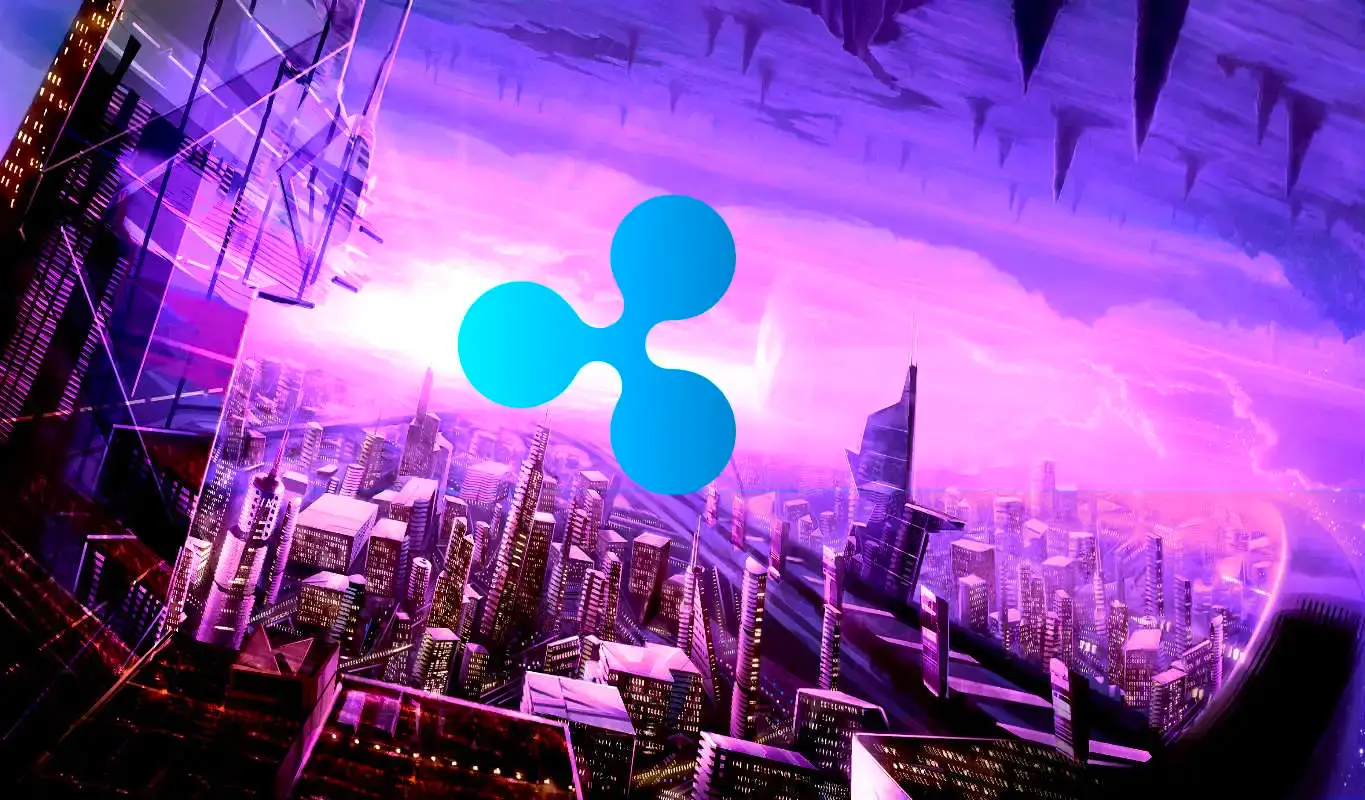Ripple’s RLUSD Could Be a Game-Changer in the Trillion-Dollar Stablecoin Race
21.03.2025 20:00 1 min. read
U.S. Treasury Secretary Scott Bessent has emphasized that stablecoins will be key to maintaining the dollar’s dominance as the world’s reserve currency.
While adoption is already growing, the potential scale of expansion could far exceed expectations, possibly reaching trillions in assets under management.
Crypto lawyer John Deaton linked this outlook to Ripple’s latest developments, referencing CEO Brad Garlinghouse’s projection that the stablecoin market could multiply tenfold within five years.
Deaton believes this estimate may even be conservative, suggesting that regulatory clarity could pave the way for major banks to issue their own stablecoins, transforming the industry.
Ripple’s RLUSD stablecoin is emerging as a major player in this evolving landscape. Rather than just expanding its product offerings, Ripple appears to be positioning itself strategically in a future where the most influential companies will be those controlling widely adopted digital dollars.
The numbers highlight this shift. The stablecoin market currently sits at $233 billion, but Garlinghouse predicts it could reach $2.8 trillion by 2030. Despite being only three months old, RLUSD has already grown into a $169.71 million asset with daily trading volumes of $22.14 million. As stablecoin adoption accelerates, Ripple’s role in this sector may prove more significant than it appears today.
-
1
UK Regulators Unveil PISCES – A New Era for Private Share Trading
11.06.2025 15:00 2 min. read -
2
Trump Turns 79 With Billions in Crypto and a $45M Parade
14.06.2025 22:00 2 min. read -
3
Polygon Breaks from Decentralization as Sandeep Nailwal Assumes Full Control
11.06.2025 20:00 2 min. read -
4
KuCoin Plants Its Flag in Bangkok With a Licensed Thai Exchange
14.06.2025 13:00 1 min. read -
5
Nvidia CEO Urges UK to Invest in AI Infrastructure or Risk Falling Behind
10.06.2025 9:00 1 min. read
U.S. Bank Advises Clients to Drop These Cryptocurrencies
Anchorage Digital, a federally chartered crypto custody bank, is urging its institutional clients to move away from major stablecoins like USDC, Agora USD (AUSD), and Usual USD (USD0), recommending instead a shift to the Global Dollar (USDG) — a stablecoin issued by Paxos and backed by a consortium that includes Anchorage itself.
Vitalik Buterin Warns Digital ID Projects Could End Pseudonymity
Ethereum co-founder Vitalik Buterin has voiced concerns over the rise of zero-knowledge (ZK) digital identity projects, specifically warning that systems like World — formerly Worldcoin and backed by OpenAI’s Sam Altman — could undermine pseudonymity in the digital world.
What Are the Key Trends in European Consumer Payments for 2024?
A new report by the European Central Bank (ECB) reveals that digital payment methods continue to gain ground across the euro area, though cash remains a vital part of the consumer payment landscape — particularly for small-value transactions and person-to-person (P2P) payments.
History Shows War Panic Selling Hurts Crypto Traders
Geopolitical conflict rattles markets, but history shows panic selling crypto in response is usually the wrong move.
-
1
UK Regulators Unveil PISCES – A New Era for Private Share Trading
11.06.2025 15:00 2 min. read -
2
Trump Turns 79 With Billions in Crypto and a $45M Parade
14.06.2025 22:00 2 min. read -
3
Polygon Breaks from Decentralization as Sandeep Nailwal Assumes Full Control
11.06.2025 20:00 2 min. read -
4
KuCoin Plants Its Flag in Bangkok With a Licensed Thai Exchange
14.06.2025 13:00 1 min. read -
5
Nvidia CEO Urges UK to Invest in AI Infrastructure or Risk Falling Behind
10.06.2025 9:00 1 min. read


